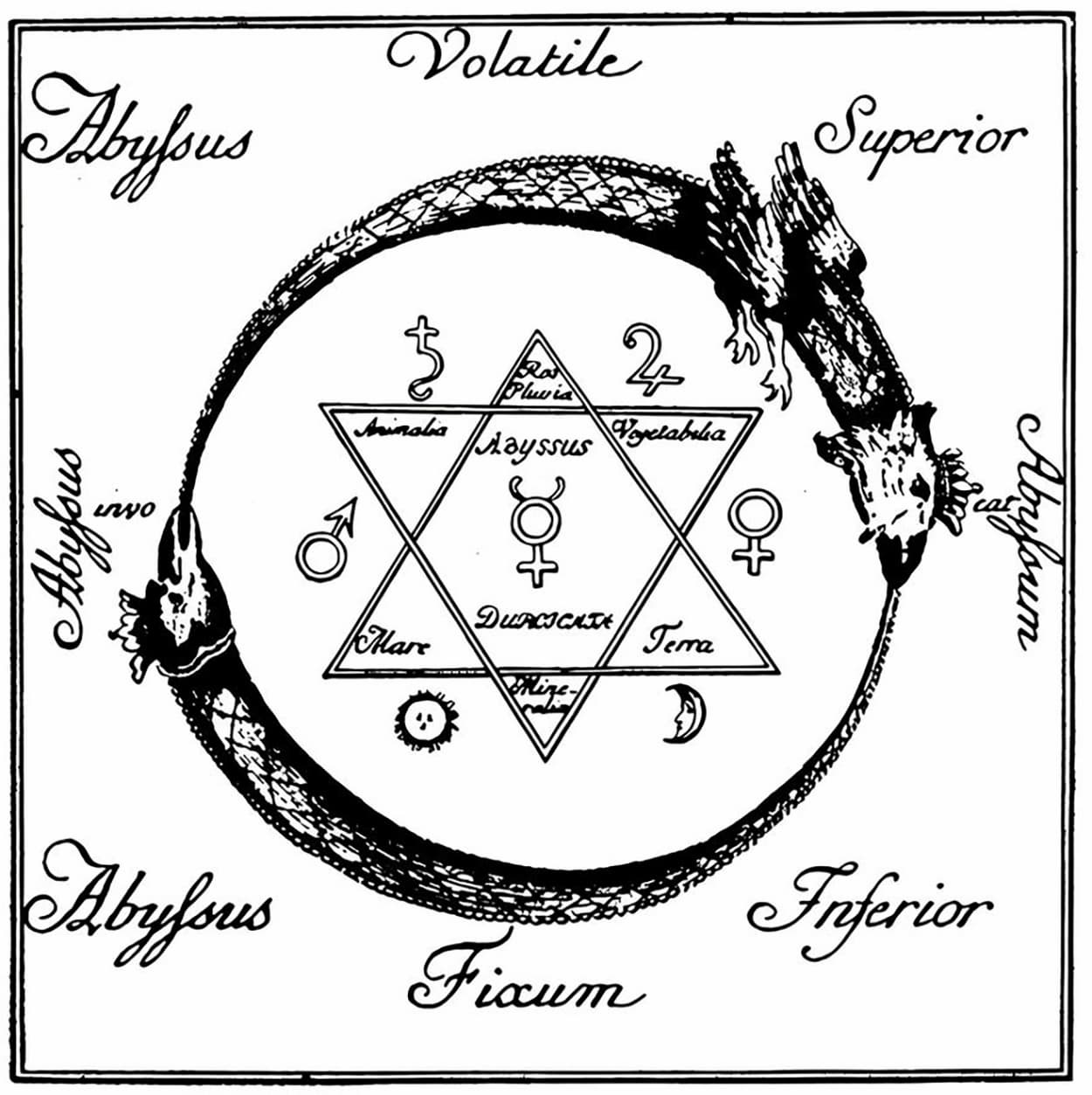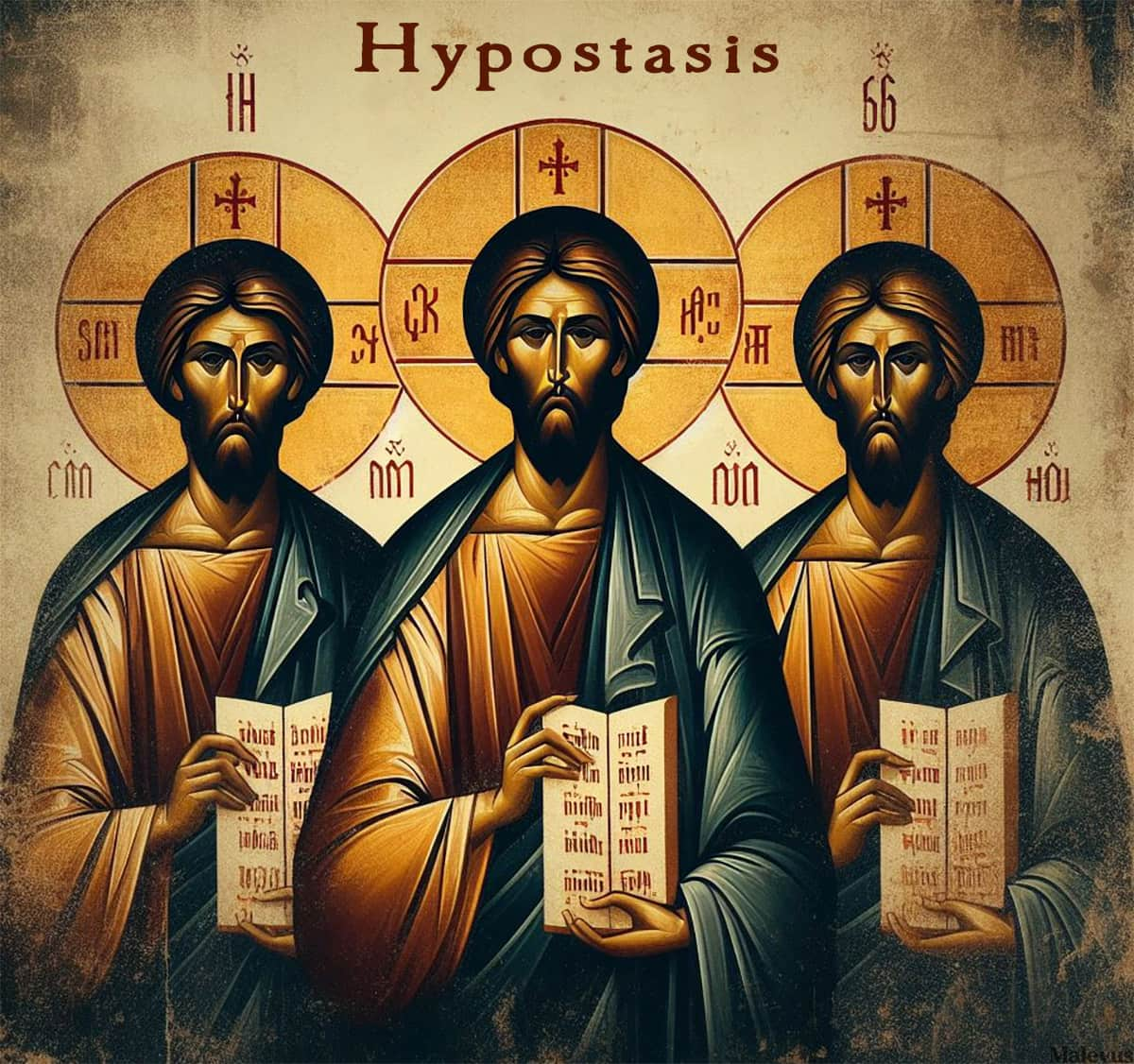The Macrocosm (from the Greek “macro” = long, large) is “the world as an organism analogous to man, a totality whose parts correspond.” In a more modern sense, “macrocosm” refers to a comprehensive view (economically termed “macroscopic vision”). Synonym: “macroscope” (Joël de Rosnay, 1975). Not to be confused with macrosociology and microsociology.
The Word
Etymologically, “macrocosm” means “large world,” from the Greek “macros” (μακρός, “large”) and “cosmos” (κόσμος, “world”). Macrocosm: large world, thus the universe in relation to man, who is a “small world.”
Historical Background
This notion is used in complementarity with the microcosm, mainly in Asian cultures and beliefs, such as Taoist principles or the image of Ganesh, a Hindu god.
In the West, the concepts (not the words) of macrocosm and microcosm can be traced back to Orphism and Pythagoreanism, but also to Plato’s Timaeus. Pythagoras establishes an analogy between the four seasons of the world and the four stages of a man’s life.
“He [Pythagoras] thus divides a man’s life. Child for twenty years; young man for twenty years; middle-aged man for twenty years; old man for twenty years. And the ages correspond to the seasons as follows: child/spring, young man/summer, middle-aged man/autumn, old man/winter.”
The great theorist is Paracelsus (1493–1541), who emphasizes that the microcosm is a small world and the macrocosm is not the entirety of Nature, only the visible level:
“What is this dust from which man was formed? It is the mud of the earth, that is, the large world… From the quintessence that Scripture calls the mud of the earth, this same God, after creating the large world, formed the small world. Man is this small world that contains all the qualities of the large world. That is why he is called a microcosm. Man is the quintessence of the firmament and elements, of heaven and earth… Conception provides an example of this collaboration between external forces and internal forces. The stars of the macrocosm and those of the microcosm form combinations that generate a specific action at the moment of conception…” (Philosophia Sagax, 1571).
Papus, the grand master of neo-occultism:
“A single law governs the constitution of the universe. There is a Small Universe having in itself all the laws of the grand universe, and by analogy, one can rediscover all general laws. This small universe is the microcosmos or Microcosm: it is man. Alongside this summary made in the image of the grand universe, there is this Grand Universe, the Omniverse of Michel de Figanières, or the macrocosm, Macrocosm, or grand universe of the initiatic tradition. The Macrocosm forms the body of God. This body of God, whose suns are the central organs, and the planets, the cells, is no more God himself than our body is our self. It is the support of the divine or astral forces in circulation.”
Legends and tales are also very fertile on the subject, featuring universes containing or contained. Often, the difference lies in their smaller size (world in the pocket, genie in the bottle, Gulliver’s Travels, etc.).
Macrocosmos vs Microcosmos
“Macrocosmos” (“great world,” from the Greek “makrós” meaning “large” and “kósmos” meaning “world,” Latinized as “macrocosmus” or “maior mundus”) is the counterpart to “Microcosmos” (“small world”). It refers to the world as a whole, insofar as it is perceived from a philosophical or religious perspective as an ordered, self-contained unity—a cosmos or world order. The “Microcosmos” is then a delimited part of the “Macrocosmos,” standing in a specific relationship to the whole, such as a relationship of similarity or analogy.
In numerous religious or philosophical doctrines, the Microcosmos is considered an image of the Macrocosmos. Such theories usually assume that the “small world” – for example, the Earth, a state, or a living being – repeats the structure of the universe on a smaller scale, reflecting the “great world.” The human, especially the human body, is often regarded as Microcosmos in this sense, making the Macrocosmos/Microcosmos concept an integral part of many anthropological concepts. It is often claimed that the Microcosmos is composed of the same elements as the Macrocosmos. Behind this idea is the notion of a comprehensive world order, a cosmos harmoniously organized according to uniform principles and, therefore, beautiful.
In such a world model, analogical inferences from a part to the whole or vice versa are generally possible. Following this line of thought, many medieval thinkers considered humans as a principle of knowledge: they believed that the self-knowledge of humans simultaneously provided knowledge of everything that exists; understanding the Microcosmos correctly meant understanding the Macrocosmos as well. Some philosophers presented this thesis as “real correspondence,” meaning a strong interpretation. This suggests that in the Microcosmos, the natures of all things are given, and humans encompass all substances of the Macrocosmos. Weaker versions suggest only a correspondence “in a certain way,” an analogy between humans and the world.
In Goethe’s Faust (Part 1) and also in the Urfaust, Faust mentions the sign of the Macrocosmos in his monologue. In the center of the sign is Mercury, surrounded by Venus, Mars, Jupiter, Saturn, the Sun, and the Moon.
Science
More commonly, the terms macroscopic and microscopic are used, denoting observation scales. For example, the molecular agitation at the microscopic level can be translated into the concept of heat at the macroscopic level (which here can correspond to the human scale).
Joël de Rosnay, then director of development and international relations at the City of Science and Industry in La Villette:
“Today, we are faced with another infinity: the infinitely complex… We are bewildered by the number and the prodigious variety of elements, relationships, interactions, or combinations on which the functioning of the large systems, of which we are the cells, if not the cogs, rests… We need a new tool… I call this tool the macroscope (macro, large; and skopein, to observe)…. It is a symbolic instrument, made up of a set of methods and techniques borrowed from very different disciplines… The macroscope filters details, amplifies connections, highlights what brings together. It is not used to see bigger or farther. But to observe what is both too large, too slow, and very complex for our eyes (like human society, this gigantic organism that is totally invisible to us)… Systemic approach is a new approach symbolized by the macroscope. It relies on a comprehensive approach to the problems or systems under study and focuses on the interplay of interactions between their elements.”
The principle of the macrocosm (of a higher organizational level and implicitly distinct) is not excluded from modern sciences. Humanities first (in linguistics, economics, sociology, etc.) introduced notions like holism, and then exact sciences (biology, physics, mathematics, etc.) based on these developed systems thinking. The goal is to generalize the principle of studying subjects within the totality rather than in a perfect virtual system ultimately limited in its interest (see The Macroscope, for example).
However, false consequences are drawn from it. For instance, the chaos theory made famous the image of a butterfly’s wingbeat triggering a hurricane, meaning the random nature of the meteorological macrocosm can trace the triggering factor back to the tiny microcosm of an insect’s movement.
The principle of emergence, on the other hand, considers that characteristics are inherent to a degree of complexity, aligning with the idea of different organizational levels depending on scales, thus supporting the initial sense of an order established at a distant level.






